What is IP Test Chamber?
In today’s world, ensuring that products can withstand exposure to water and dust is crucial. IP test chambers play a vital role in assessing the protection level of materials under these conditions.An IP Test Chamber is a specialized testing device designed to evaluate the ingress protection (IP) of electronic devices, components, or enclosures against water and dust penetration. These chambers simulate environmental conditions to ensure that products meet specific IP ratings, ensuring their durability and reliability in harsh environments.
Features of IP Test Chamber:IP test chambers come in various types to suit different testing requirements.
- Waterproof IP chambers assess the resistance of products to water exposure, including splashes, jets, or submersion.
- Dust IP chambers simulate dusty environments to ensure that enclosures prevent dust from damaging internal components. Both types can be customized with adjustable pressure, temperature controls, and various cycle times to meet specific standards.
What Does IP Stand For in a Test?
IP stands for Ingress Protection, a standardized system that measures a product’s resistance to solid objects (like dust) and liquids (like water). Each IP rating consists of two numbers: the first number indicates protection against solids, and the second represents protection against liquids. This system helps manufacturers communicate the durability of their products more clearly.
What is an IP Rating?
An IP rating (Ingress Protection rating) indicates how well a product is protected from intrusion by solids and liquids. For example, an IP67 rating means a device is fully protected against dust (6) and can withstand temporary immersion in water (7). These ratings are crucial for products exposed to challenging conditions, such as outdoor electronics, automotive parts, or industrial equipment.
What is RIUKAI IP Testing?
IP testing (Ingress Protection testing) is a procedure used to evaluate how well an object can resist the penetration of solid particles and liquids. Tests are conducted according to international standards, such as IEC 60529, ensuring consistent and reliable results. IP testing is critical in industries like electronics, automotive, and telecommunications, where products must perform under adverse conditions.
What Else Does IP Stand For?
While IP is primarily known for Ingress Protection, it also stands for Internet Protocol in computing. However, in the context of product testing, IP refers specifically to ingress protection ratings, which measure a product’s ability to withstand dust and water. This dual use of the term can sometimes cause confusion, but within the testing industry, IP is always about environmental protection.
What is IP Used For?
IP ratings are used to evaluate and communicate the level of protection that a product provides against environmental factors such as water and dust. They are essential in industries like automotive, consumer electronics, and manufacturing, where products are often exposed to harsh conditions. By assigning an IP rating, manufacturers can ensure that their products meet required safety and performance standards, providing confidence to both regulators and consumers.
Summary of IP Test Chambers
RIUKAI recommends IP test chambers for verifying product resilience to dust and water ingress, ensuring compliance with ingress protection standards.

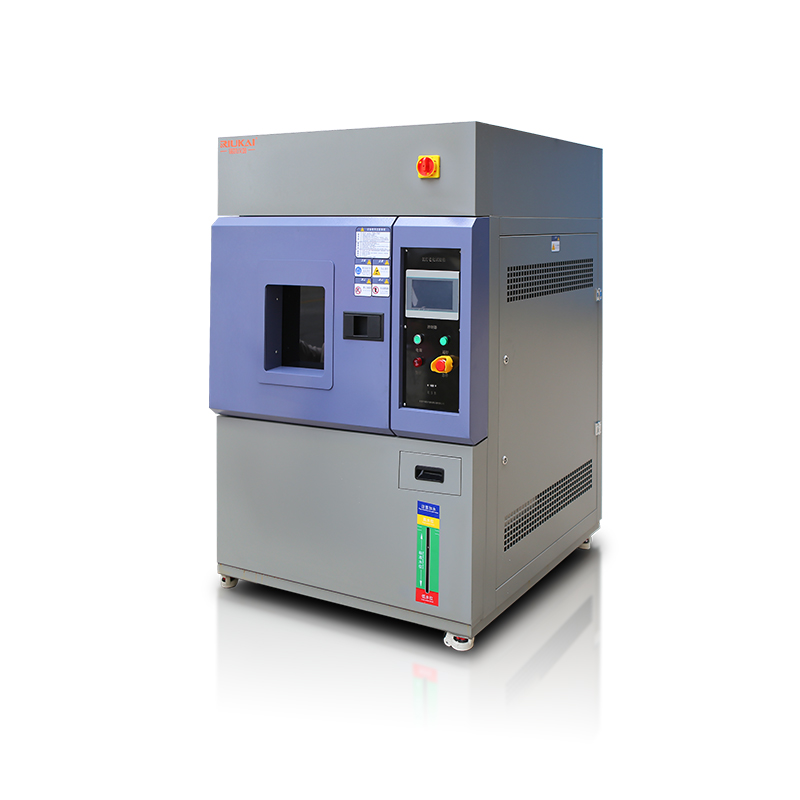
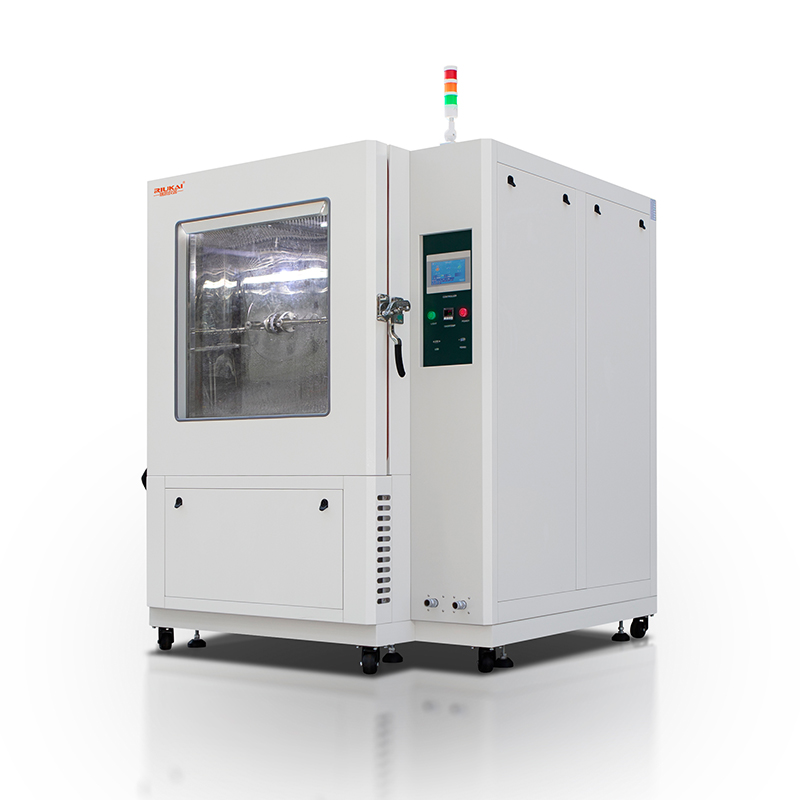
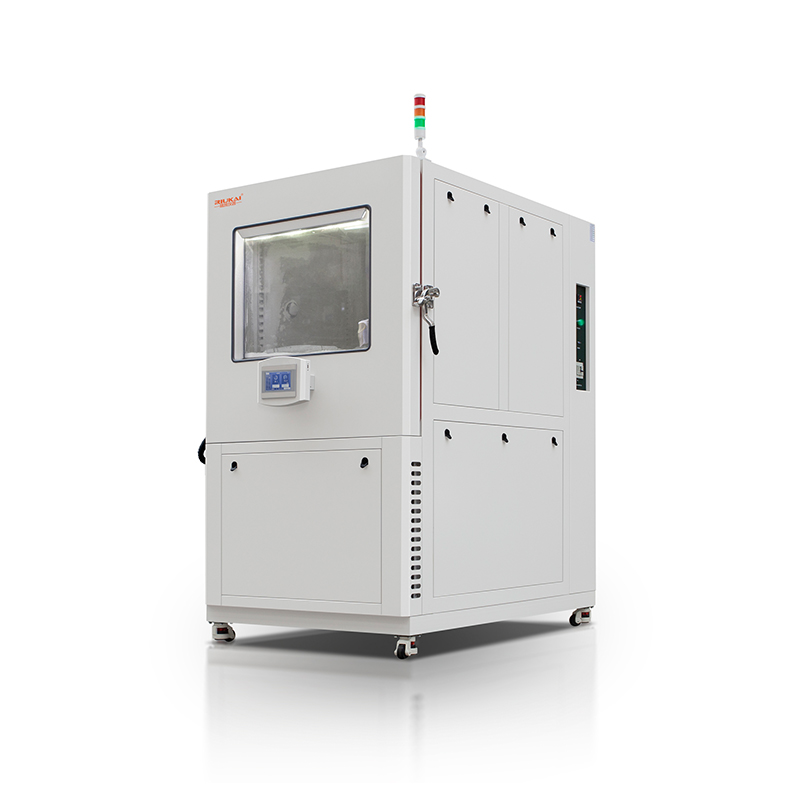
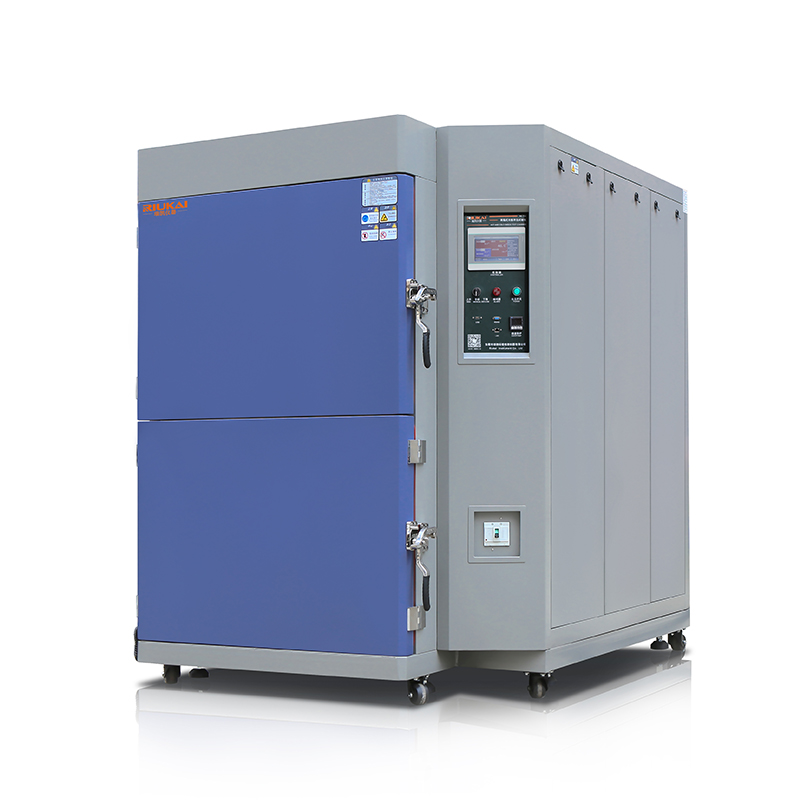
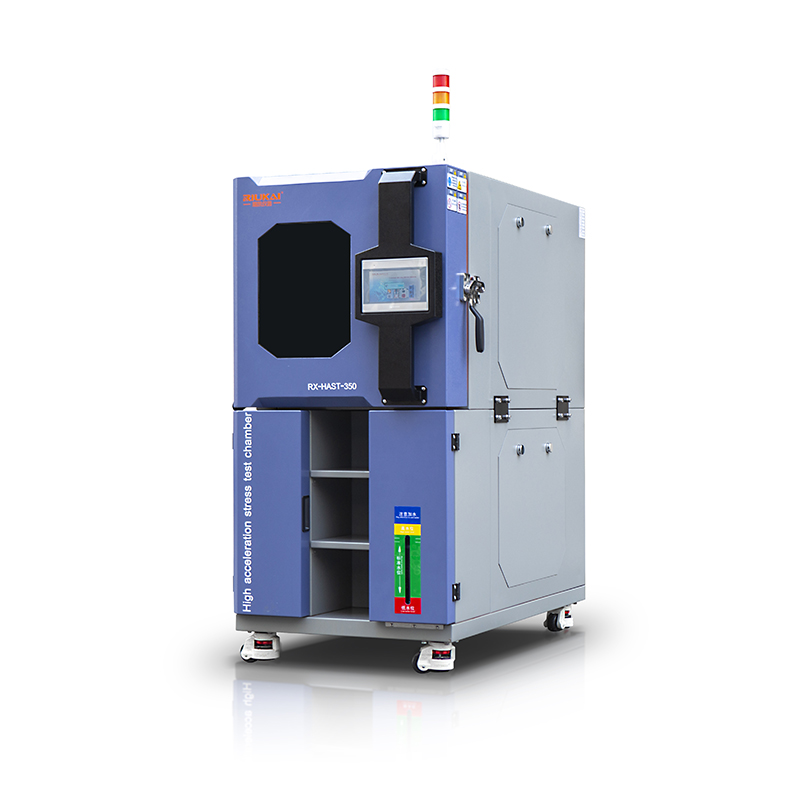
1-1.jpg)